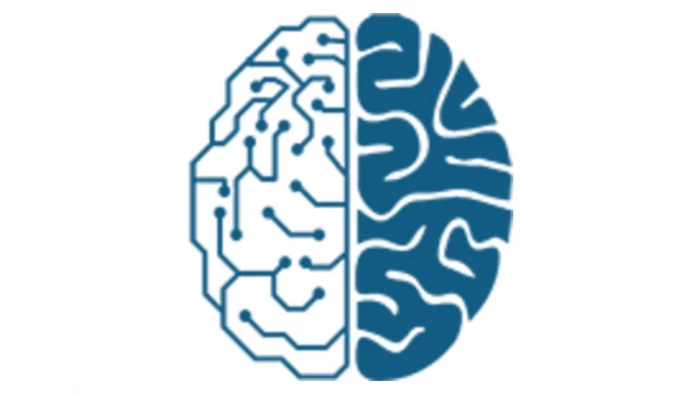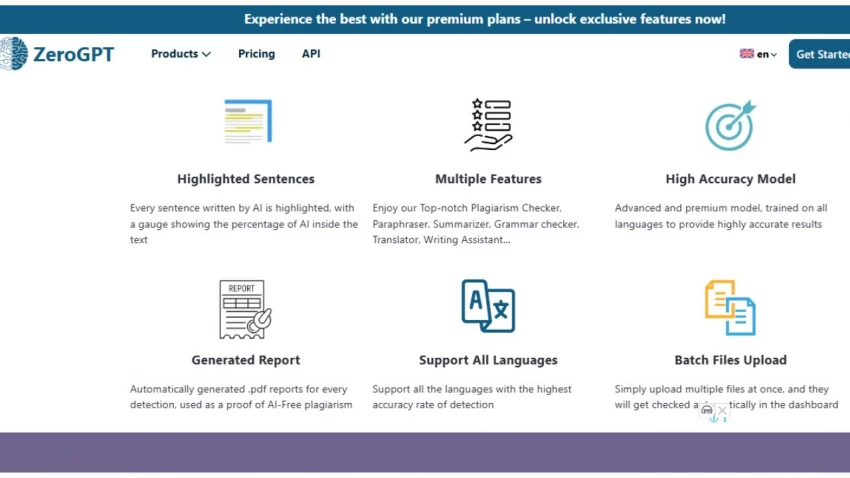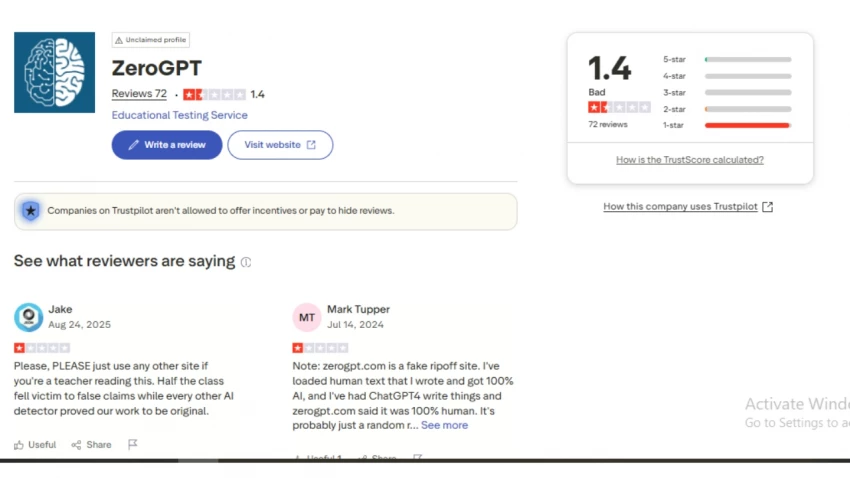

As artificial intelligence tools like ChatGPT, Jasper, and other content generators grow in popularity, the demand for AI detection tools has also surged. Among the most discussed platforms in this space is ZeroGPT, a tool designed to determine whether a piece of text is written by a human or generated by AI. While it has gained traction, its reliability and practical use are worth exploring.
ZeroGPT is an AI content detector built to identify text created by large language models (LLMs). It claims to provide accurate results by analyzing patterns, sentence structure, word usage, and probability scores that often differ between human and machine writing.
ZeroGPT uses algorithms to examine:
The result is displayed with a percentage score, labeling text as “likely human-written,” “mixed,” or “AI-generated.”


ZeroGPT may benefit teachers, freelance writers, HR teams, or marketers who want a quick check for AI traces. However, it should be treated as a supporting tool, not a final verdict.
ZeroGPT provides a convenient way to test if text might be AI-generated, but like all detection tools, it isn’t foolproof. Its results are best used as a guideline, combined with human judgment and context. As AI continues to evolve, so will detection technologies, but at present, ZeroGPT is just one of many tools in a rapidly developing field.
Be the first to post comment!